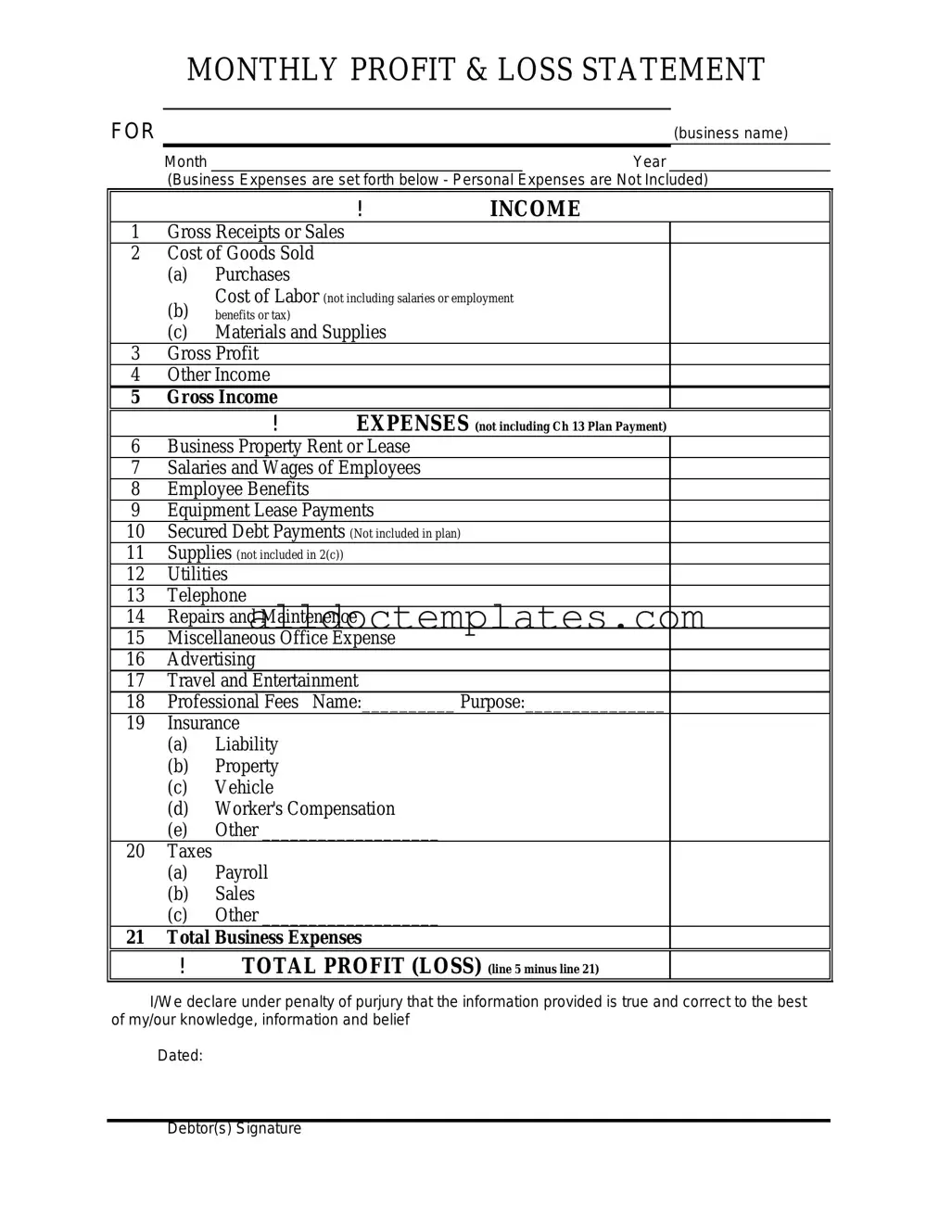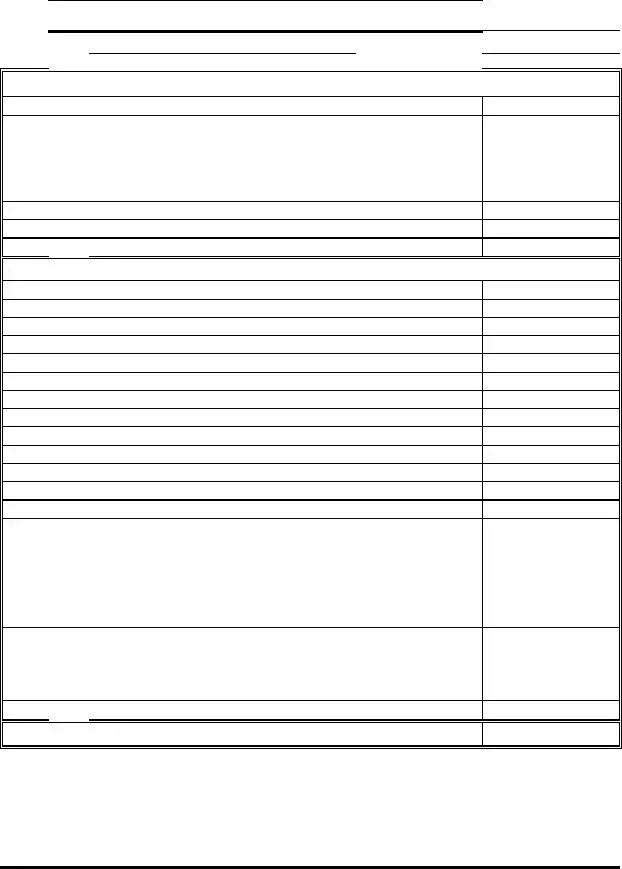Fill in a Valid Profit And Loss Form
The Profit and Loss form is a financial statement that summarizes revenues, costs, and expenses incurred during a specific period. This form provides a clear picture of a business's financial performance, helping owners and stakeholders make informed decisions. Understanding this form is crucial for assessing profitability and operational efficiency.
Get Your Form Now

